Camera Batteries Guide
Voltage compatibility with camera model
Camera batteries typically come in various voltage ranges, and it is crucial to select one that matches your camera's requirements to ensure proper functionality. For instance, if your camera model requires a 7.2V battery, using a higher voltage battery can potentially damage your device. On the other hand, a lower voltage battery may not provide enough power to operate your camera effectively. Therefore, it is essential to check the camera's specification manual or the manufacturer's website for the recommended voltage range. Some popular camera batteries available on the market that cater to specific voltage ranges include 'Canon LP-E6NH' (7.2V), 'Nikon EN-EL14a' (7.2V), and 'Sony NP-FZ100' (7.2V) for cameras like the Canon EOS R5, Nikon D5600, and Sony A7 III, respectively.
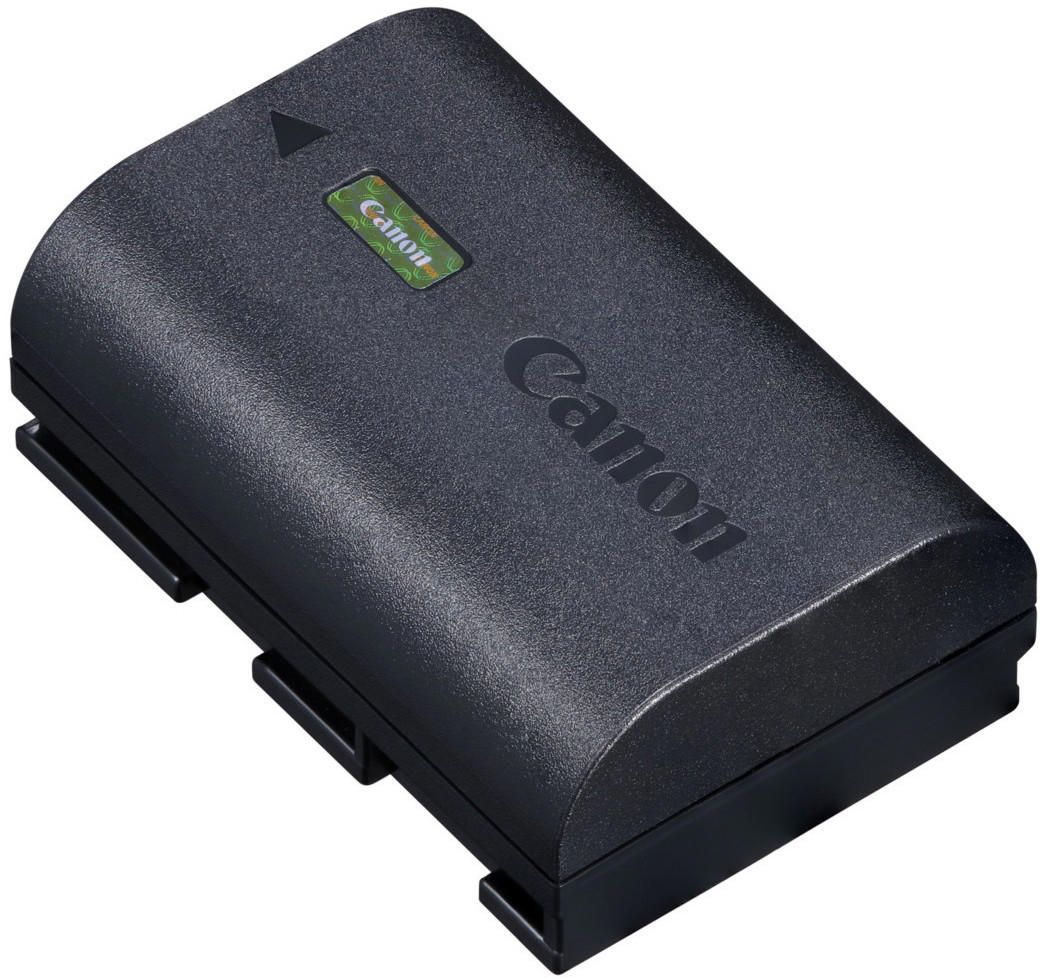


Battery life
Battery life refers to the length of time the battery can power a camera before it needs to be recharged or replaced. Several factors can affect battery life, including battery capacity and the power consumption of the camera itself. Higher battery capacity generally means longer battery life. For example, the Sony NP-FZ100 has a capacity of 2280mAh, offering an estimated battery life of up to 670 shots. On the other hand, the Canon LP-E6N has a capacity of 1865mAh, providing a battery life of approximately 900 shots.
It is essential to note that battery life may vary based on the specific camera model and usage conditions. Additionally, advancements in lithium-ion battery technology have led to improved battery life in recent years. Some cameras may offer extended battery life features, such as power-saving modes or low-energy Bluetooth connectivity, which can further optimize battery performance. Ultimately, if you are seeking a camera battery with an extended battery life, it is advisable to consider models with higher battery capacities, such as the Nikon EN-EL15b (1900mAh), Olympus BLH-1 (1720mAh) or Panasonic DMW-BLF19E (1860mAh).

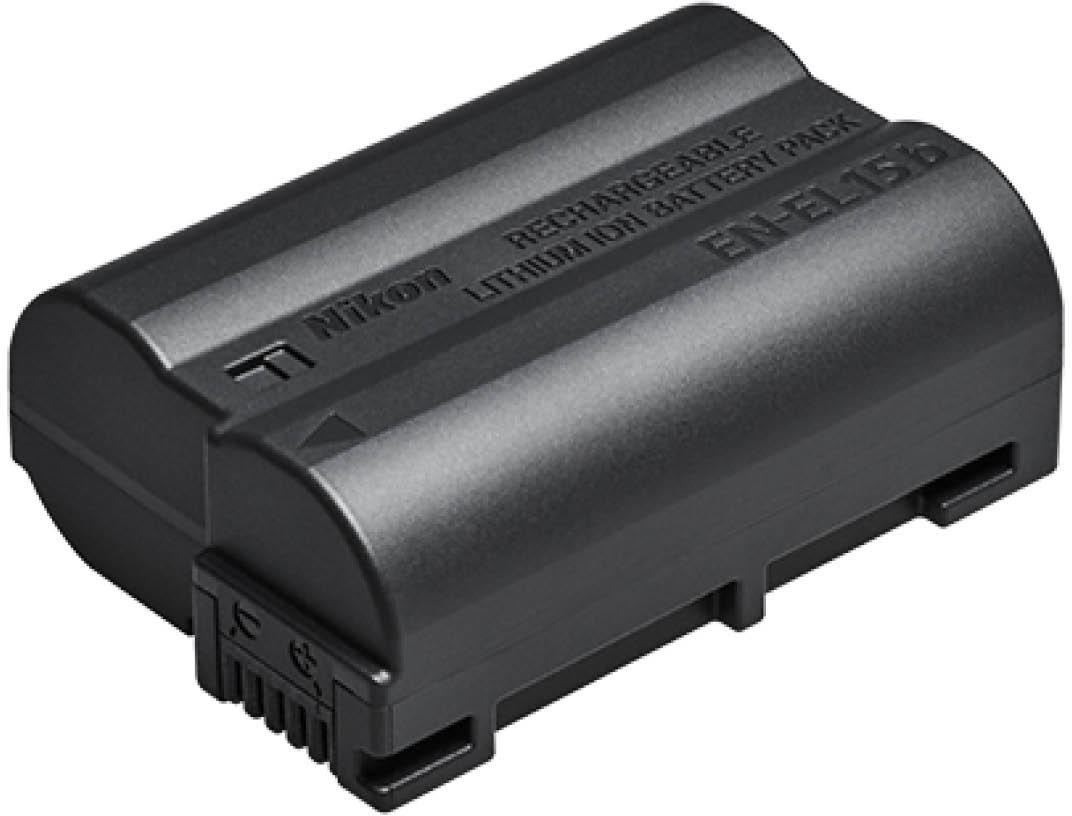
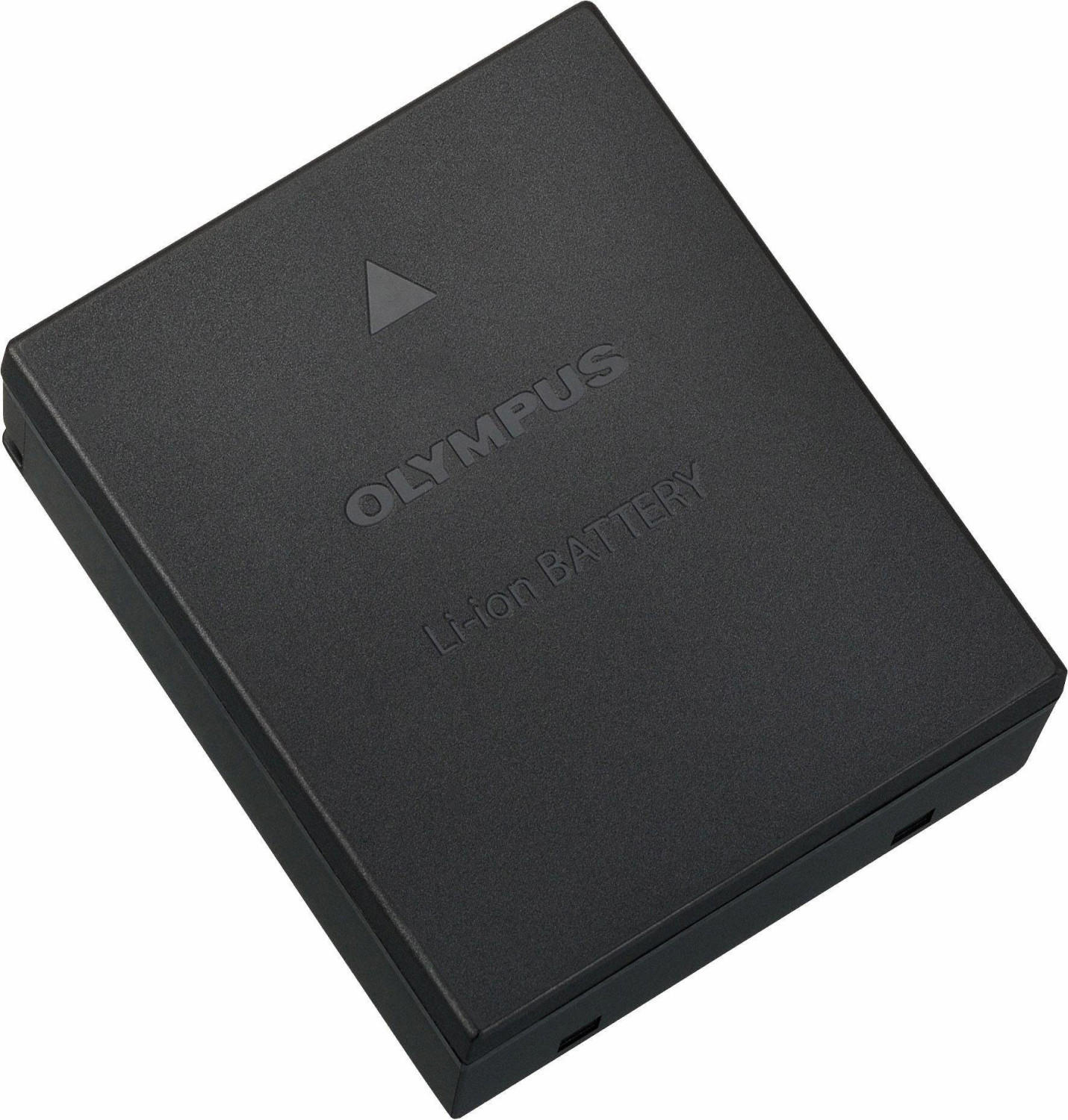
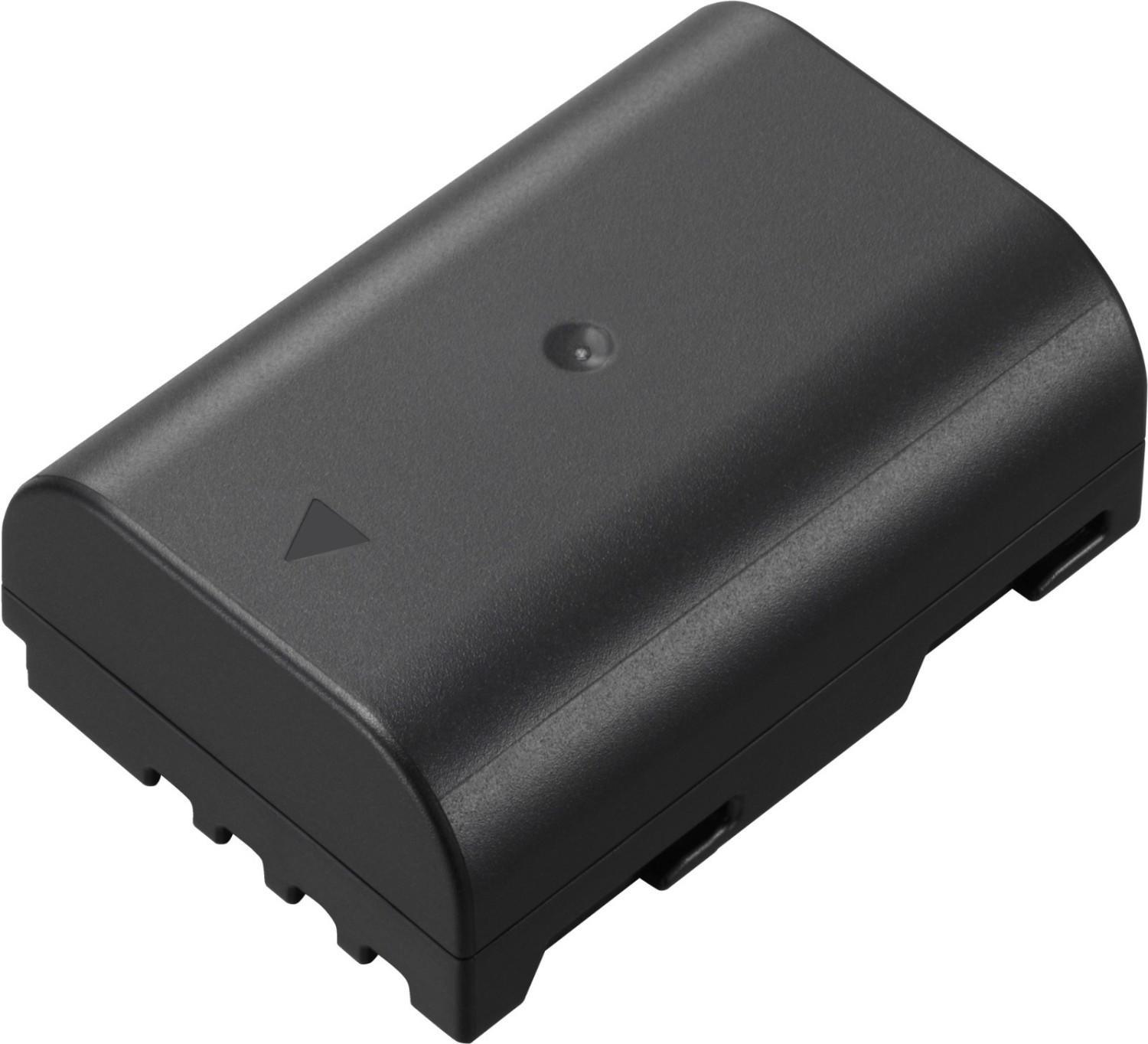
Rechargeable capability
Rechargeable batteries offer the advantage of being able to be used multiple times, making them more cost-effective in the long run. Additionally, they are more environmentally friendly as they reduce waste compared to disposable batteries.
There are several types of rechargeable batteries available on the market. One popular type is the eneloop AA Rechargeable Batteries from Panasonic. These batteries are known for their low self-discharge rate, allowing them to hold their charge for extended periods even when not in use. Another option is the Sony Rechargeable Battery Pack NP-FZ100 which is designed to work seamlessly with Sony cameras. With a high capacity and fast charging capabilities, this battery pack ensures longer shooting sessions without running out of power.


Type of battery (li-ion, NiMH, etc.)
The most common types of camera batteries are lithium-ion (Li-ion) and nickel-metal hydride (NiMH). Li-ion batteries are known for their high energy density, lightweight design, and no memory effect. This makes them ideal for professional photographers or those who frequently use their camera for extended periods of time. A popular Li-ion camera battery is the Canon LP-E6N, which is compatible with a range of Canon DSLR cameras and offers a long battery life. On the other hand, NiMH batteries are rechargeable and are often more affordable than Li-ion batteries. While they have a lower energy density and may have a memory effect, they are still a suitable choice for casual photographers. An example of an NiMH camera battery is the Panasonic Eneloop Pro AA Rechargeable Batteries, which provide a consistent power output and have a high capacity for longer shooting sessions.

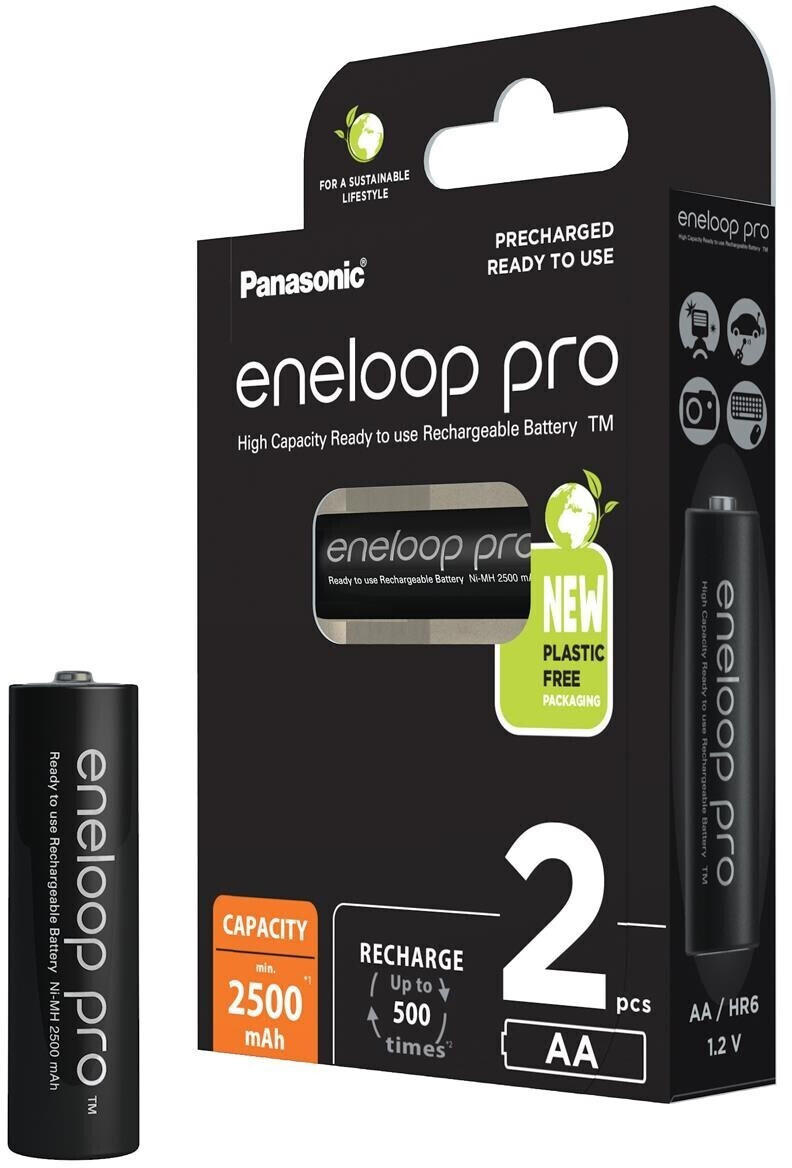
Capacity or mAh
It determines the amount of power the battery can store and how long it will last before requiring recharging. Whether you are a professional photographer or a casual user, opting for a battery with a higher capacity will ensure extended shooting time and less frequent recharging.
In the camera battery market, you can find batteries ranging from 1000mAh to as high as 3000mAh or more. For photographers who heavily rely on their cameras for long durations, batteries with higher capacities are recommended. The Canon LP-E6N battery, with a capacity of 1865mAh, is a suitable option for Canon cameras such as the EOS 5D Mark IV and EOS 7D Mark II. Similarly, the Nikon EN-EL15b battery, with a capacity of 1900mAh, is a compatible choice for Nikon cameras like the D850 and Z6.
For those seeking a mid-range capacity, consider the Sony NP-FZ100 battery, boasting a capacity of 2280mAh, designed for Sony cameras like the Alpha a7 III and a7R IV. If you are looking for a high-capacity battery for extended usage, the Panasonic DMW-BLC12 battery stands out with a capacity of 1200mAh, suitable for Lumix cameras like the G9 and GH5.


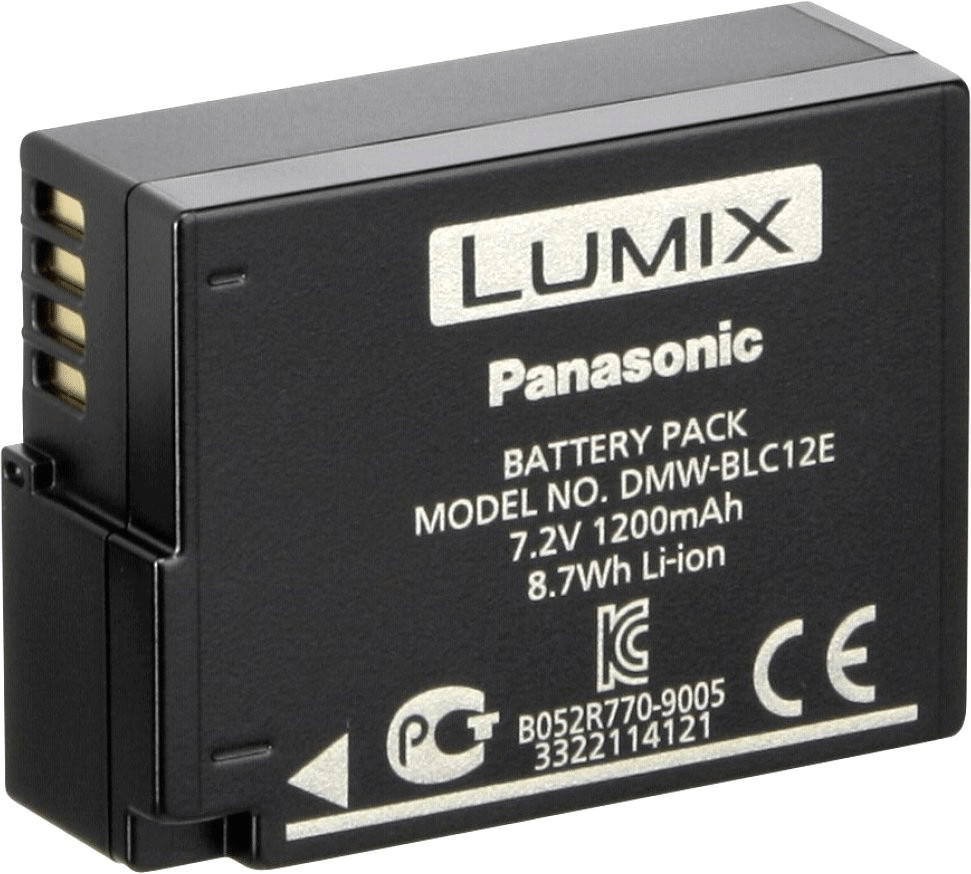
Whether you opt for higher or middle-range capacities, choosing camera batteries with sufficient capacity ensures that you can capture numerous moments without the interruption of frequent battery changes or reloads. The choice ultimately depends on your specific camera model and usage demands.
Availability in local stores
While it is convenient to purchase camera batteries online, sometimes we need a quick replacement and cannot wait for delivery. In such cases, it is beneficial to select batteries that are readily available in local stores. The Canon LP-E6N is a popular choice among photographers using Canon cameras, and it offers a capacity of 1865mAh. Another option is the Nikon EN-EL15b, compatible with Nikon cameras, and has a capacity of 1900mAh. These batteries can be found in most camera stores and provide reliable power for your photography needs.
Environmental impact
Opting for rechargeable batteries can greatly reduce waste and minimize the need for frequent battery replacements. A great example of an environmentally-friendly camera battery is the Panasonic Eneloop Pro Rechargeable AA Batteries. These batteries have a long-lasting power capacity and can be recharged up to 500 times, reducing the number of disposable batteries that end up in landfills. Additionally, Energizer Recharge Universal AA Batteries are another excellent option. These batteries are made with recycled materials and have a high energy density, offering long-lasting performance while minimizing their environmental footprint.


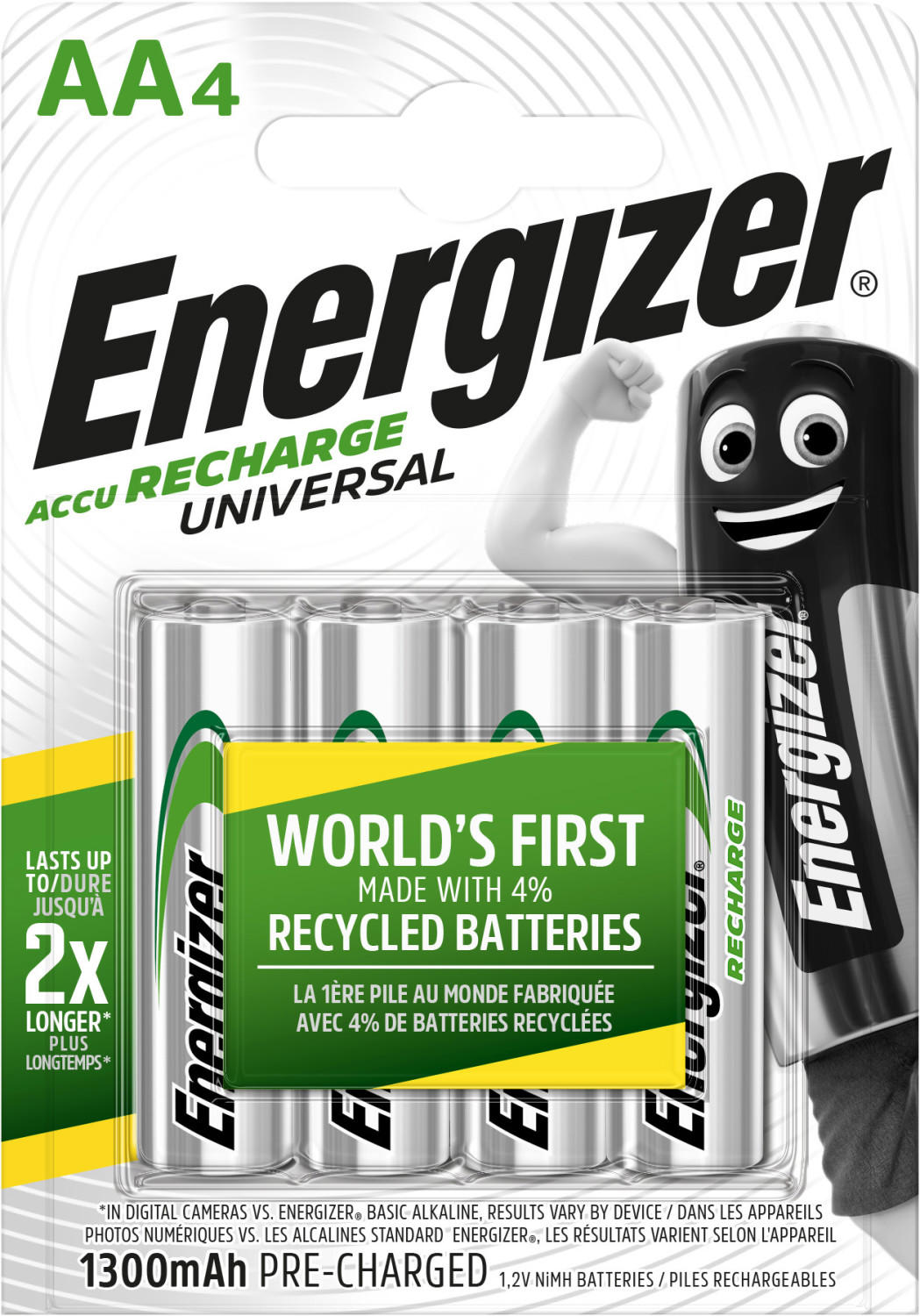
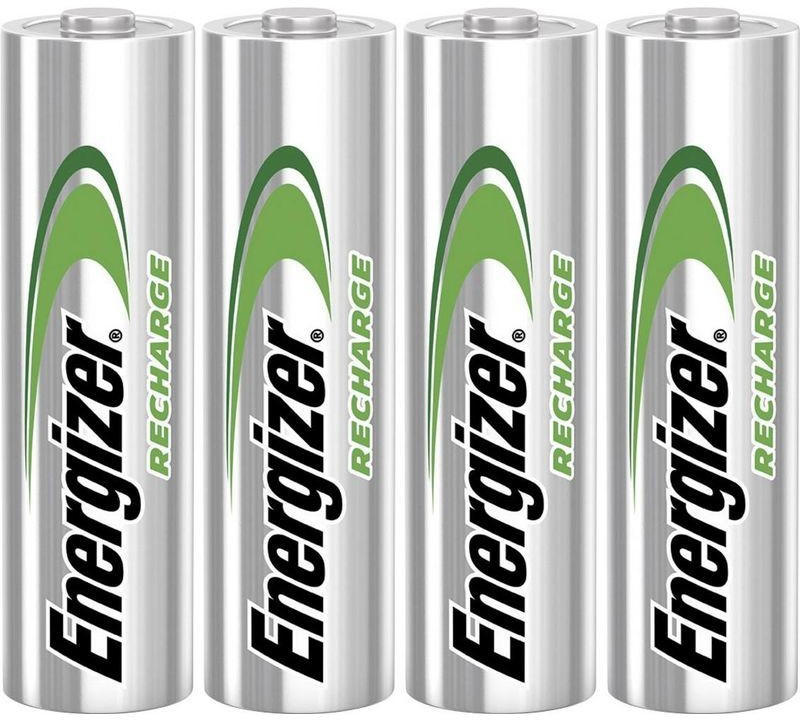
Compatibility with battery charger
Not all battery chargers are universal, and using an incompatible battery with a charger can result in damage to both the battery and the charger. It is important to refer to the specifications of your camera and the recommended charger to ensure compatibility. For instance, the Sony NP-FW50 is specifically designed for Sony cameras and requires a charger that matches its voltage and charging current capabilities. On the other hand, Canon LP-E6N batteries are compatible with various Canon cameras and can be charged using the Canon LC-E6 or Canon LC-E6E chargers, which are specifically designed to keep the batteries maintained at an optimal performance level. Other compatible products in the market include the Nikon EN-EL15 battery, which is designed for Nikon DSLR cameras, and can be charged using the Nikon MH-25A charger.
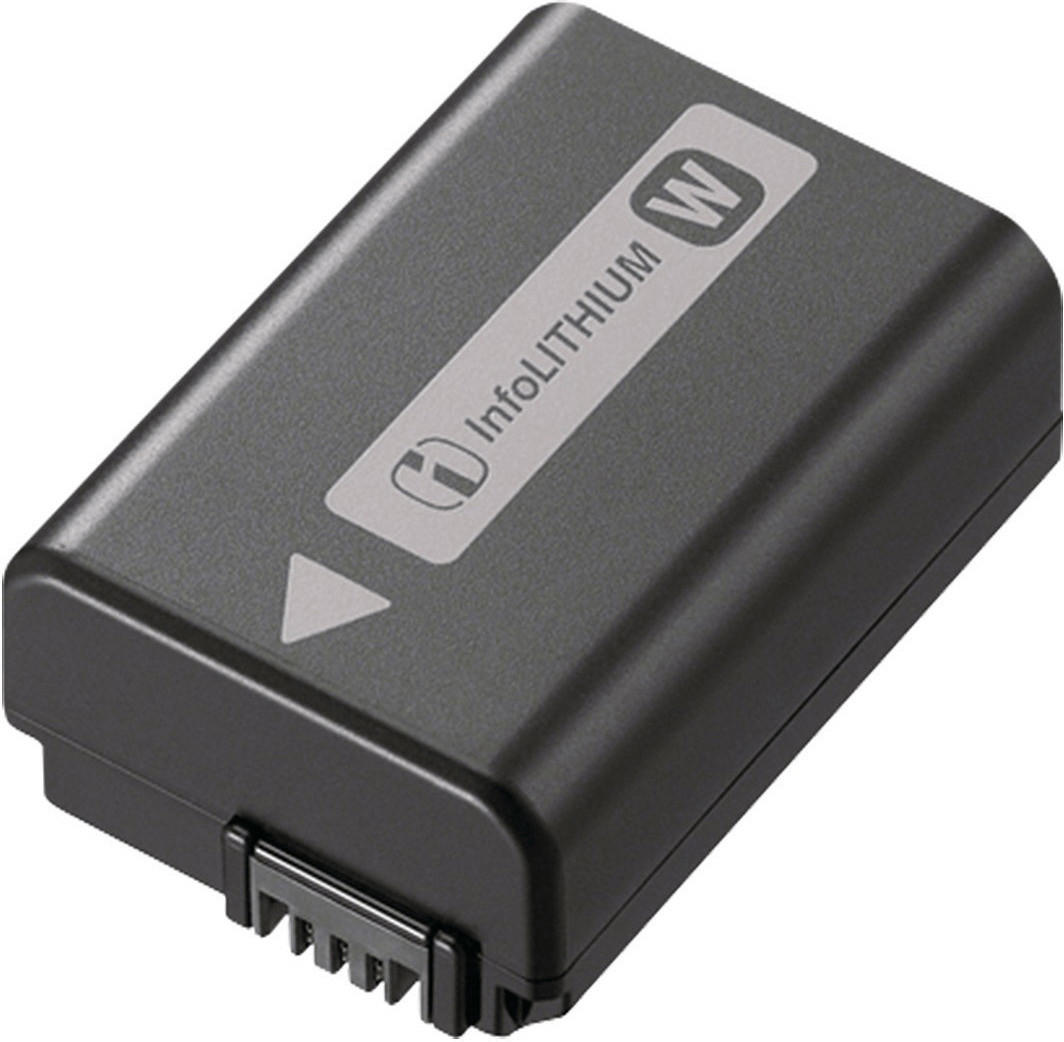

Safety features (overcharge protection, short-circuit protection)
Look for batteries that offer overcharge protection and short-circuit protection to prevent any potential hazards or damages. One excellent example is the Sony NP-FW50 battery, which includes not only these safety features but also an intelligent protection system that prevents against overcharging, overheating, and short-circuiting. Another option is the Canon LP-E6N battery, which boasts built-in safety features for overcharge and short-circuit protection, ensuring a long-lasting and secure power supply for your camera. These batteries also typically meet international safety standards, providing peace of mind and allowing you to focus on capturing remarkable photos and videos.

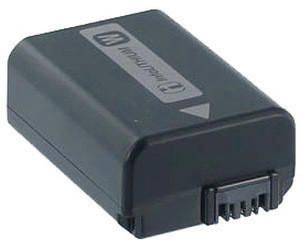
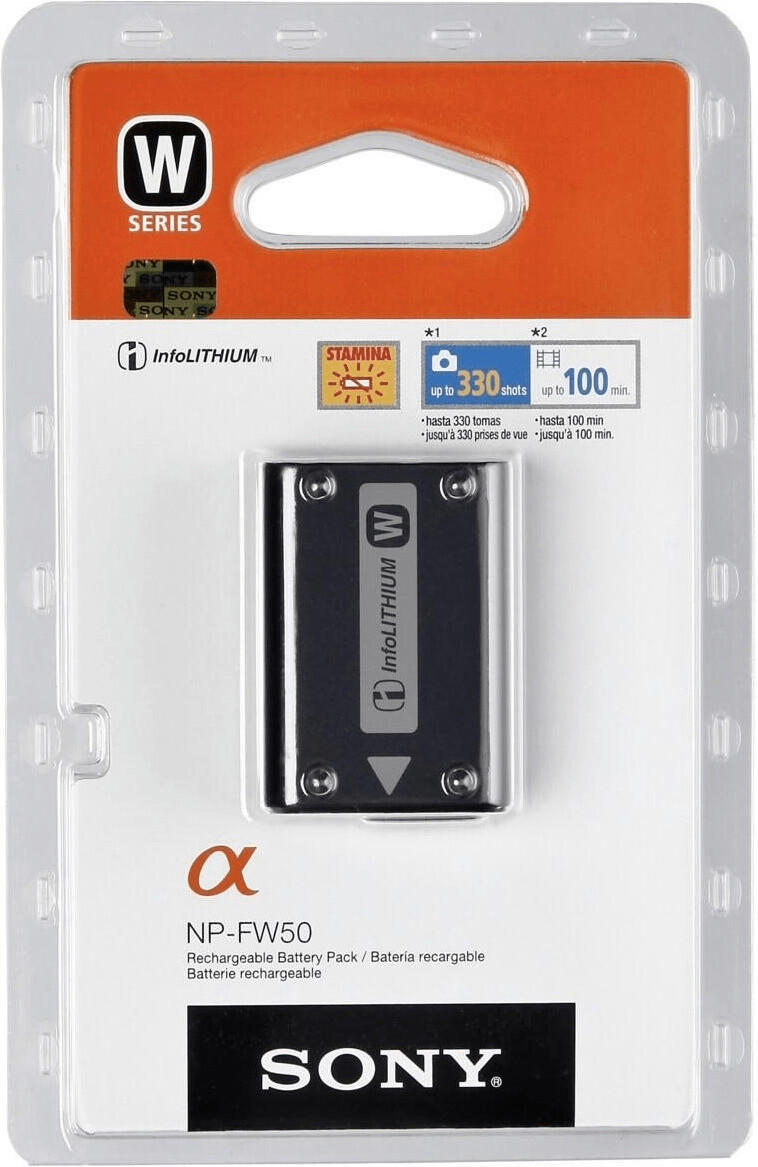
Quick charging capability
Having a battery that charges quickly is beneficial, especially for those who frequently use their camera and need to quickly get back in action. An example of a camera battery with impressive quick charging capability is the Sony NP-FZ100. This lithium-ion battery can be charged 2.2 times faster than its predecessor model and fully charges in approximately 150 minutes. Another notable option is the Nikon EN-EL15b, known for its high efficiency and quick charge times. Additionally, it's worth mentioning that some camera brands like Canon offer their own fast charging solutions, such as the Canon LP-E6NH. These batteries are designed to deliver a speedy charge, optimizing the convenience for users.
Low self-discharge rate
Low self-discharge batteries are ideal for cameras as they can retain their charge for long periods of inactivity. One such product that boasts a low self-discharge rate is the Panasonic eneloop Pro rechargeable battery. With a low self-discharge rate, these batteries ensure that you always have power available whenever you need to capture important moments. Another excellent option is the Duracell StayCharged rechargeable battery which also features a low self-discharge rate. These batteries are designed to hold their charge for up to one year when not in use, making them perfect for photographers who travel frequently or have sporadic camera usage. Both of these battery options provide reliable performance over time, ensuring that you never miss a shot due to a drained battery.
Memory effect prevention
This phenomenon occurs when a battery "remembers" its capacity and fails to deliver a full charge due to repetitive shallow discharges. To prevent this, it is crucial to select batteries with advanced memory effect prevention technologies. One top product in this category is the Sony NP-FZ100 Rechargeable Lithium-Ion Battery. With a wide temperature range and a large capacity of 2280mAh, it boasts excellent memory effect prevention capabilities, ensuring optimal performance over time. Another noteworthy option is the Canon LP-E6N Lithium-Ion Battery Pack, designed specifically for Canon branded cameras. With a high capacity of 1865mAh and advanced memory effect prevention features, this battery guarantees long-lasting power for your photography needs.
Temperature resistance
Extreme temperatures can negatively impact the performance and lifespan of the battery. Look for batteries that have a wide temperature range for optimal use. One excellent example is the Sony NP-FZ100 Rechargeable Lithium-Ion Battery. With an operating temperature range of 32-104°F (0-40°C), it can withstand a wide range of climates. Another option to consider is the Canon LP-E6N Lithium-Ion Battery Pack. It offers a temperature range of 32-113°F (0-45°C), making it suitable for even hotter environments. Both of these batteries are designed to perform consistently and reliably in various temperature conditions, ensuring that your camera operates smoothly regardless of the weather.
Here are the different groups of camera batteries based on temperature resistance:
Mild Temperature Resistance: Batteries in this group are suitable for mild climate conditions. They can handle average temperature fluctuations and are a reliable choice for most users. Example: Nikon EN-EL14A Rechargeable Lithium-Ion Battery.
Moderate Temperature Resistance: Batteries in this category can withstand somewhat harsher weather conditions. They offer a broader temperature range and are suitable for photographers who frequently shoot in different environmental settings. Example: Panasonic DMW-BLF19 Rechargeable Lithium-Ion Battery.
Extreme Temperature Resistance: Batteries in this segment are specially designed to function in extreme temperature conditions. They are ideal for professionals who require their equipment to perform flawlessly in any climate condition. Example:
Fujifilm NP-95 Rechargeable Lithium-Ion Battery.


By considering a battery's temperature resistance capabilities, you can ensure that the battery lasts longer, performs consistently, and keeps your camera functioning optimally in various weather conditions.
Lightweight design
Opting for lightweight batteries ensures convenience and ease while traveling or shooting for long periods. For instance, the Sony NP-FW50 W-Series Rechargeable Battery Pack is an excellent choice for those seeking a lightweight option. With a weight of only 2.2 ounces, it is compact and easy to carry, making it ideal for photographers on the go. Another great option is the Canon LP-E17 Lithium-Ion Battery Pack, which weighs just 1.6 ounces, enabling photographers to travel with minimal added weight. These lightweight batteries enable photographers to remain agile without compromising their ability to capture stunning images.


Compatibility with third-party accessories
Not all cameras are compatible with all types of batteries, and focusing on compatibility with third-party accessories ensures maximum versatility and convenience when using additional camera gear. Nikon EN-EL14 batteries, for example, are widely compatible with various third-party accessories and enable seamless integration with products like the Wasabi Power Battery Grip for Nikon D3100/D3200/D3300/D5300 which provides extended battery life and vertical shooting capabilities. Another option worth considering is the Canon LP-E6 battery, known for its compatibility with a range of third-party products. For instance, the STK LP-E6 Battery Charger compatible with Canon DSLR cameras offers an easy and portable charging solution, ensuring uninterrupted shooting sessions.
Number of charging cycles
Charging cycle refers to the complete discharge and recharge of a battery. A higher number of charging cycles means that the battery will last longer before it needs to be replaced. Sony NP-FZ100 Battery is an example of a camera battery that boasts a high number of charging cycles. It can endure approximately 200-240 cycles before any notable decrease in performance. Canon LP-E6N Battery is another option, offering around 300-350 charging cycles. Both of these batteries are popular options in the market and are known for their longevity.


Energy efficiency
Opting for batteries with high energy efficiency not only ensures longer operating times but also reduces the need for frequent replacements, saving you time and money in the long run.
One example of an energy-efficient camera battery is the Sony NP-FZ100 Rechargeable Lithium-Ion Battery. With a rated capacity of 2280mAh and a maximum voltage of 7.2V, this battery offers excellent energy efficiency, allowing you to capture more shots on a single charge. Another option is the Canon LP-E6N Lithium-Ion Battery Pack, which has an energy-efficient design and a capacity of 1865mAh, ensuring you can shoot for extended periods before needing a recharge.


In terms of available segments or groups, camera batteries can be differentiated based on compatibility with specific camera models. For instance, the Nikon EN-EL15 Rechargeable Li-ion Battery is designed for Nikon DSLR cameras like the D850, D810, and D750. Similarly, the Panasonic DMW-BLF19 Lithium-Ion Battery Pack is compatible with select Panasonic Lumix cameras, providing high energy efficiency tailored to those models.
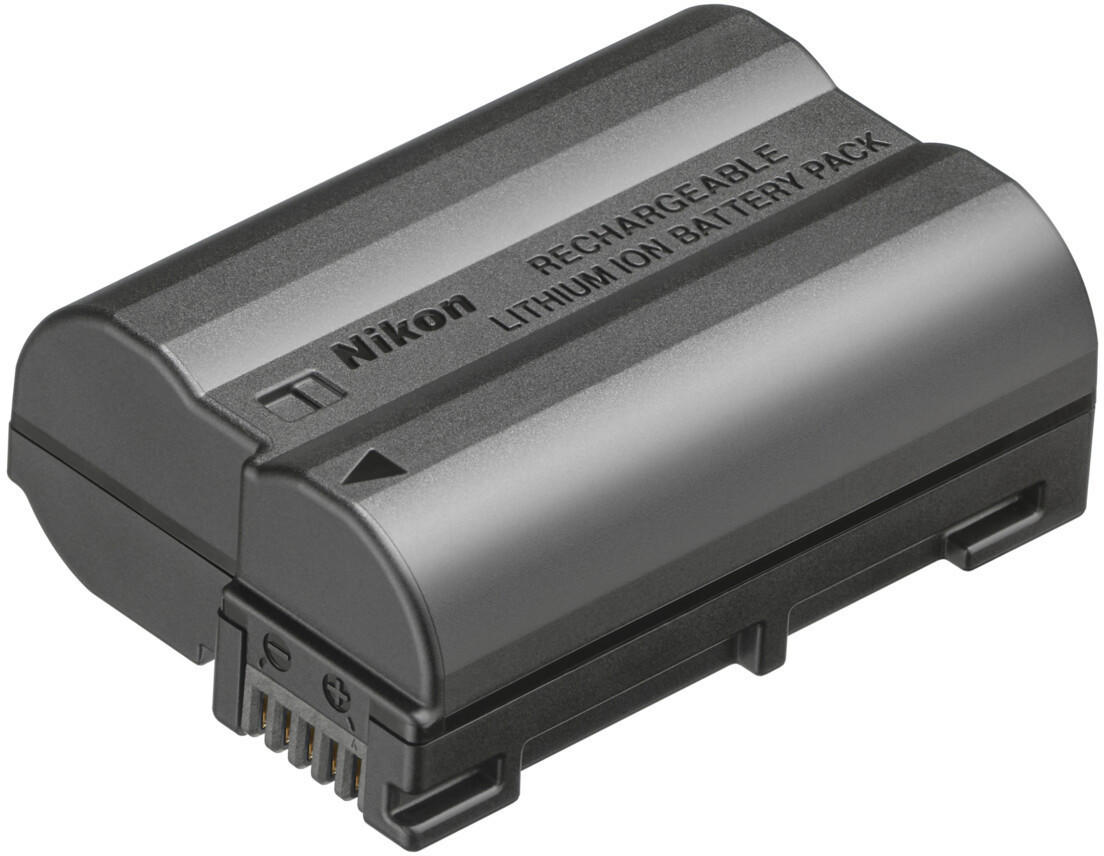
High current output
This refers to the ability of the battery to deliver a high amount of current in a short period. A high current output is crucial for cameras with power-hungry features like fast continuous shooting and high-definition video recording. For professionals and enthusiasts who need a reliable power source, it is important to choose camera batteries that offer a high current output.
In the market, there are several camera batteries that excel in high current output. One example is the Sony NP-FZ100 Rechargeable Lithium-Ion Battery Pack. With a high-capacity rating of 2280mAh, this battery is specifically designed for Sony's high-performance cameras and camcorders. Its high current output ensures uninterrupted power supply, allowing photographers and videographers to capture fast-action moments without battery-related interruptions. Another option is the Canon LP-E6NH Lithium-Ion Battery Pack. This battery is compatible with Canon's popular DSLR cameras and offers a capacity of 2130mAh, giving it a high current output to support demanding shooting sessions.


These are just a few examples of camera batteries that prioritize high current output. When making a decision, it is essential to study the technical specifications of different battery options and choose the one that best meets the power requirements of your camera equipment.
Low standby power usage
This feature ensures that your camera battery retains power for longer periods when not in use, minimizing the need for frequent recharging. For instance, the Canon LP-E6N and Nikon EN-EL14a batteries are equipped with low standby power usage, allowing photographers to rely on their batteries for extended periods without worrying about draining power quickly. Both batteries offer a high-capacity design and have a standby time of up to several weeks. In addition, the Sony NP-FW50 battery also features low standby power usage, making it an ideal option for Sony camera users who prioritize energy efficiency.




Smartphone app integration for battery management
This allows you to monitor the battery life, receive notifications about low power levels, and optimize the battery usage. One example of a camera battery that offers smartphone app integration is the 'Sony NP-FW50'. This battery is compatible with Sony Alpha-series cameras and can be connected to your smartphone via the Sony Imaging Edge Mobile app. The app provides real-time information on the remaining battery life, allowing you to plan your shoots accordingly. Another great option is the 'Canon LP-E6NH'. This battery is compatible with various Canon DSLRs and is supported by the Canon EOS Remote app. The app not only keeps you informed about battery status but also allows you to control your camera remotely and transfer photos wirelessly. Whether you choose the Sony NP-FW50 or the Canon LP-E6NH, smartphone app integration for battery management is a beneficial feature that can greatly enhance your camera battery experience.



Fast boot-up time
The boot-up time of a camera refers to the time it takes for the camera to turn on and be ready to take photos after switching it on. A fast boot-up time ensures that you can capture spontaneous moments and never miss an opportunity.
Some cameras that offer impressive boot-up times include the Sony Alpha a6300. With a claimed boot-up time of just 0.05 seconds, this camera allows you to get shooting quickly. Another option is the Canon EOS 90D, which boasts a shorter boot-up time compared to its predecessor. Additionally, the Fujifilm X-T4 is known for its impressive boot-up speed, allowing you to power up and start shooting within seconds.
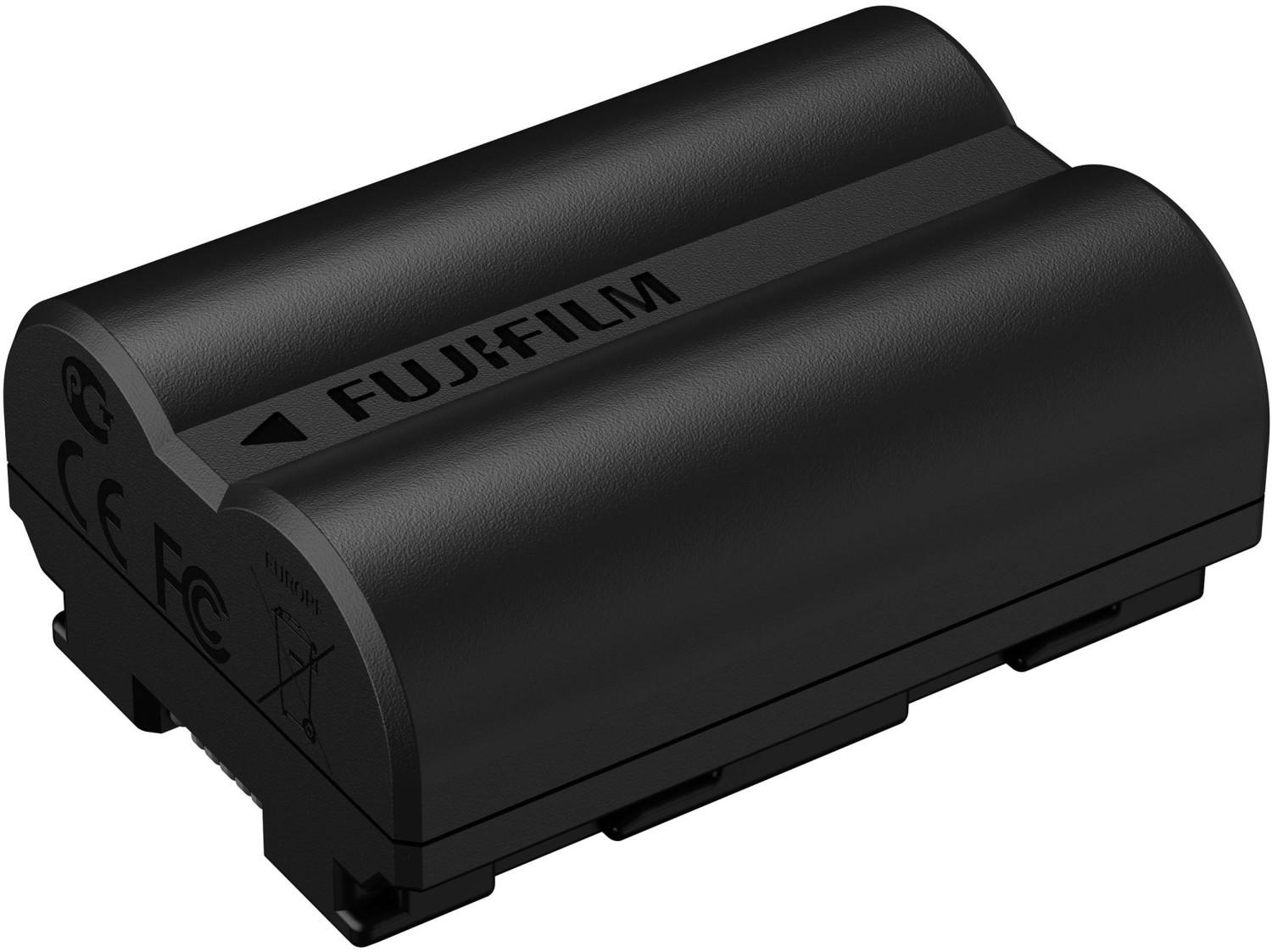
Considering these camera models can ensure you have a dependable companion that quickly gets you ready to capture those important moments without any delay.
Indication of battery level
Some cameras feature a built-in battery level indicator that provides an accurate measurement of the remaining power. For instance, the Canon LP-E6N battery for Canon EOS cameras displays the remaining battery level on the camera's LCD screen, allowing users to monitor the power status in real-time.
Another category of cameras utilizes LED indicators on the battery itself to display the battery level. The Nikon EN-EL15b battery is a good example of this type, with a 3-level LED indicator that shows the remaining battery life with just a quick button press. This helps photographers operate their cameras more efficiently by avoiding unexpected battery depletion while shooting. Overall, depending on personal preference and camera compatibility, you can choose a camera battery that offers a convenient and reliable method of displaying the battery level, such as LCD screens or LED indicators.

Good ergonomics
Look for batteries that have a comfortable design, making it easy to handle and operate your camera for extended periods. An excellent example of a battery with amazing ergonomics is the Sony NP-FZ100 battery, designed specifically for Sony Alpha cameras. It features a rounded shape and a textured surface, providing a secure grip and preventing accidental drops. Additionally, it has a battery discharge temperature that extends from 32°F to 104°F, allowing for reliable performance in different weather conditions. Another notable option is the Canon LP-E6N, which is suitable for Canon EOS cameras. This battery offers a simplified ergonomic design, ensuring a seamless fit into the camera's battery compartment and an effortless battery replacement process. It also has a covered contacts design to prevent short-circuiting when not in use.


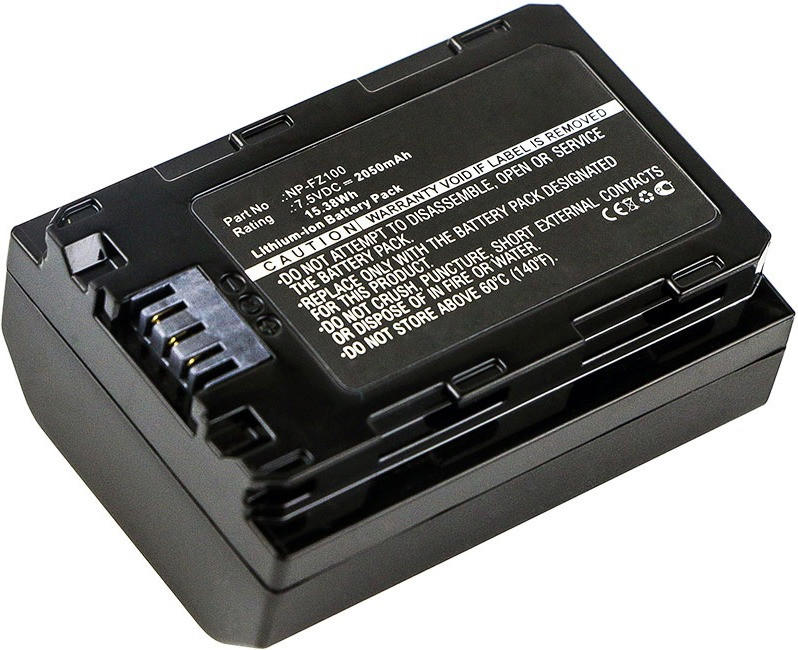
Durability
A durable battery should be able to withstand rough handling, extreme temperatures, and prove resistant to impact or shock. When evaluating the durability of camera batteries, it is essential to examine the build quality, certification standards, and overall reliability.
An excellent example of a durable camera battery is the Panasonic DMW-BLF19E. This lithium-ion battery is specifically designed for Panasonic Lumix cameras and is known for its exceptional build quality and durability. It conforms to the European Union standards for CE and RoHS, ensuring its robustness and environment-friendly construction. Another reliable option is the Sony NP-FZ100, compatible with Sony Alpha cameras. This battery boasts enhanced durability, even in demanding shooting conditions such as high-speed continuous shooting or extended video recording. With a shell made from high-quality engineering plastic, the NP-FZ100 provides impact resistance and can withstand extreme temperatures, guaranteeing durability during outdoor shoots.

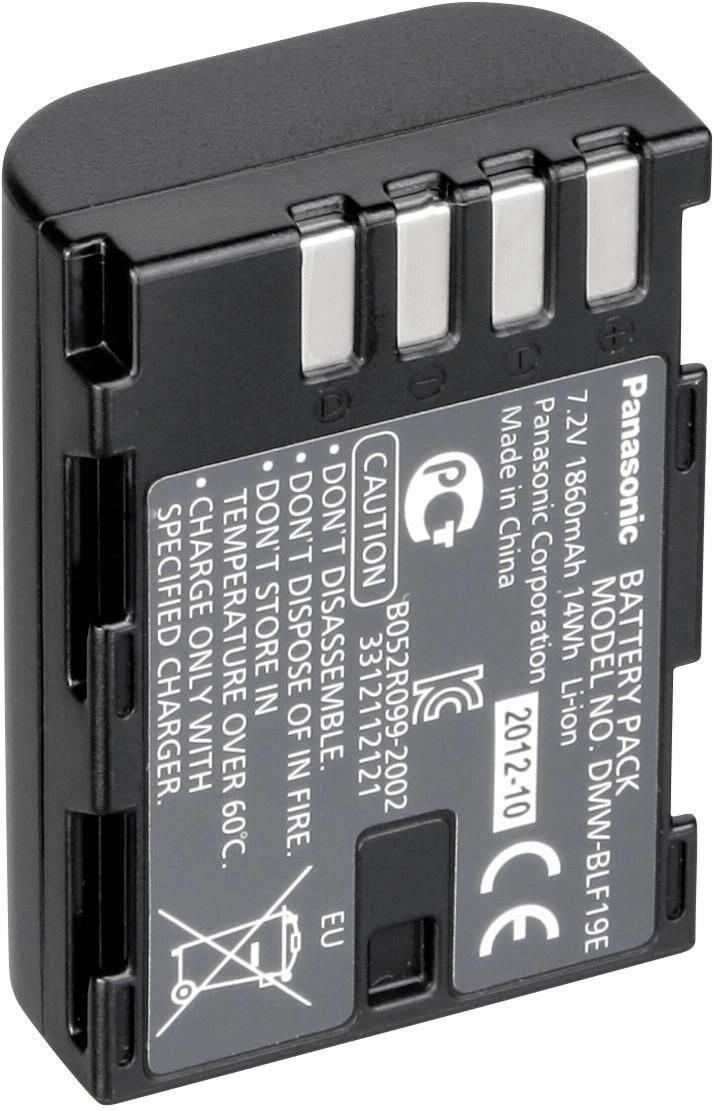


Reliable performance in extreme conditions
One notable product that epitomizes reliability under such circumstances is the NP-BX1 Lithium-Ion Battery from Sony. It offers an impressive capacity of 1240mAh, ensuring long-lasting power even during demanding photoshoots. Additionally, this battery incorporates advanced technology that enables it to operate seamlessly in a wide range of temperatures, from -10°C to 60°C. This specification is crucial for photographers frequently working in extreme climates or engaging in outdoor adventures where temperature fluctuations are common. Moreover, the DMW-BLF19E High-Capacity Battery from Panasonic also excels in extreme conditions. Boasting a capacity of 1860mAh, it allows photographers to capture stunning shots without worrying about the battery running out. With a stable operating temperature range of -10°C to 40°C, the DMW-BLF19E guarantees consistent and reliable performance in various environments.
In the market, various camera batteries cater to specific segments and offer reliable performance under extreme conditions. Firstly, professional photographers often benefit from high-capacity batteries such as the LP-E6NH Rechargeable Battery pack from Canon, which provides an impressive 2130mAh capacity. This increased capacity not only allows for extended shooting sessions but also ensures optimal functionality when operating in extreme temperatures ranging from -20°C to 60°C. For enthusiasts or beginners who prioritize a balance between efficiency and affordability, the EN-EL15b Rechargeable Battery from Nikon is an excellent choice. With a reliable capacity of 1900mAh, it performs exceptionally well in extreme conditions and guarantees a stable output voltage for consistent shooting capabilities.



Easy installation and removal
Look for batteries that have a user-friendly design, allowing effortless installation and removal without requiring complicated procedures or tools. The Panasonic DMW-BLF19PP Battery is an excellent example, designed specifically for Panasonic Lumix cameras. With a simple and secure latch system, this battery can be easily inserted and removed from your camera, ensuring hassle-free operation. Additionally, the Sony NP-FW50 Rechargeable Battery Pack provides a convenient and quick installation process, making it ideal for users in need of a battery that can be quickly swapped during a photo shoot. Both products are renowned for their ease of use and are highly recommended options in the market.
There are several groups of camera batteries available, including proprietary batteries that are designed for a specific camera brand or model, as well as compatible or generic batteries that work across multiple camera brands. For Canon users, the Canon LP-E6N Battery Pack is a popular choice, providing seamless installation and removal for various Canon DSLR models, such as the EOS 80D and the 5D Mark IV. Nikon enthusiasts may opt for the Nikon EN-EL15b Rechargeable Lithium-Ion Battery with its simple snap-in design, compatible with a range of Nikon DSLR cameras like the D850 and the Z7. If you prefer using third-party batteries, look for trusted brands such as Wasabi Power or Newmowa, which offer reliable and easy-to-use battery options for various camera models at an affordable price.


Consistent performance throughout battery life
Some batteries may lose their power quickly as they get closer to depletion, impacting your photography sessions. As a top recommendation in this segment, the Canon LP-E6N battery, designed for Canon DSLR cameras, offers exceptional performance throughout its lifespan. With an impressive capacity of 1865mAh and a maximum output voltage of 7.2V, this battery ensures a consistent power output even as it drains. Another notable option is the Nikon EN-EL15b battery, which also demonstrates reliable performance with a capacity of 1900mAh and a voltage of 7.0V. These batteries provide peace of mind during extended shooting sessions, delivering consistent power output without compromising on performance.

Minimal voltage drop
Voltage drop refers to the reduction in the electric potential between the battery's positive and negative terminals as the current flows through the internal circuit of the battery. A battery with minimal voltage drop ensures better efficiency, longer battery life, and consistent power delivery to your camera.
One exceptional example of a camera battery with minimal voltage drop is the Sony NP-FZ100 Rechargeable Battery Pack. With a nominal voltage of 7.2V and a capacity of 2280mAh, this lithium-ion battery has been specifically designed to provide a stable power supply with a minimum voltage drop. Another reliable option is the Canon LP-E6N Lithium-Ion Battery Pack. This battery offers a nominal voltage of 7.2V and a capacity of 1865mAh, providing excellent power output without significant voltage drop. These batteries are compatible with various popular camera models, ensuring reliable and uninterrupted power for your photography needs.


No leakage or corrosion issues
Leaking or corroded batteries can permanently damage your camera and make it unusable. Look for batteries that specifically mention their leak-free design and corrosion resistance. For example, the Duracell CopperTop AA Alkaline Batteries boast a 10-year shelf life without any leakage concerns. With its triple corrosion protection, these Duracell batteries can reliably power your camera without risking damage. Additionally, consider the Panasonic Eneloop Pro AA Ni-MH Rechargeable Batteries, which feature an anti-corrosion outer layer to prevent any leakage issues. These batteries have a low self-discharge rate and are pre-charged, further ensuring their high performance and long-term reliability for your camera.


Ease of compatibility with international voltage differences
This is particularly important for photographers who travel frequently or those planning to use their cameras in different regions around the world. Opting for camera batteries that can operate efficiently with different voltage standards eliminates the need to carry voltage converters or purchase additional batteries when traveling abroad.
An excellent example of a camera battery that offers compatibility with international voltage differences is the Canon LP-E6N. This lithium-ion battery is compatible with various Canon DSLR cameras and can operate on a voltage range of 100-240V, allowing photographers to seamlessly transition between different electrical outlets around the globe. Similarly, the Nikon EN-EL15b battery, designed for Nikon cameras, offers the same capability with a voltage range of 100-240V, enabling photographers to take their cameras anywhere without worrying about voltage compatibility.
Segmented into groups, other camera battery options worth considering with compatibility for international voltage differences include:
- Group 1: Sony NP-FZ100 with a voltage range of 100-240V, ideal for Sony mirrorless cameras.
- Group 2: Panasonic DMW-BLF19 with a voltage range of 100-240V, suitable for Panasonic Lumix cameras.
- Group 3: Fujifilm NP-T125 with a voltage range of 100-240V, designed specifically for Fujifilm medium format cameras.

These batteries ensure photographers have one less thing to worry about while traveling and allow them to focus on capturing outstanding photos wherever they go.
Safety certifications (RoHS, CE, UL, etc.)
These certifications ensure that the battery meets specific safety standards and has undergone rigorous testing. Some of the commonly recognized safety certifications include RoHS (Restriction of Hazardous Substances), CE (Conformité Européene), and UL (Underwriters Laboratories).
One example of camera batteries that boast multiple safety certifications is the 'NP-FW50' from Sony. This battery is RoHS compliant, meaning it does not contain hazardous substances like lead, mercury, and cadmium. Additionally, it is CE certified, indicating its compliance with European safety standards. Another option to consider is the 'EN-EL15' battery from Nikon. It fulfills both CE and RoHS requirements.
It's important to note that while safety certifications are crucial indicators of battery quality, there are other factors to consider when choosing the best camera battery, such as capacity, voltage, and compatibility. Therefore, it's recommended to consider all these factors collectively to ensure the battery fits your specific camera model and meets your requirements.
Price
While some high-end camera batteries may come with a hefty price tag, there are also affordable options available in the market. For those on a tight budget, Energizer Ultimate Lithium AA Batteries offer a cost-effective solution. These batteries deliver long-lasting power and are ideal for digital cameras.
Some other options in the mid-price range include Panasonic Eneloop Pro AA Batteries which are rechargeable and designed to maintain a high-capacity charge. These batteries are perfect for photographers who require consistent power for extended shoots.
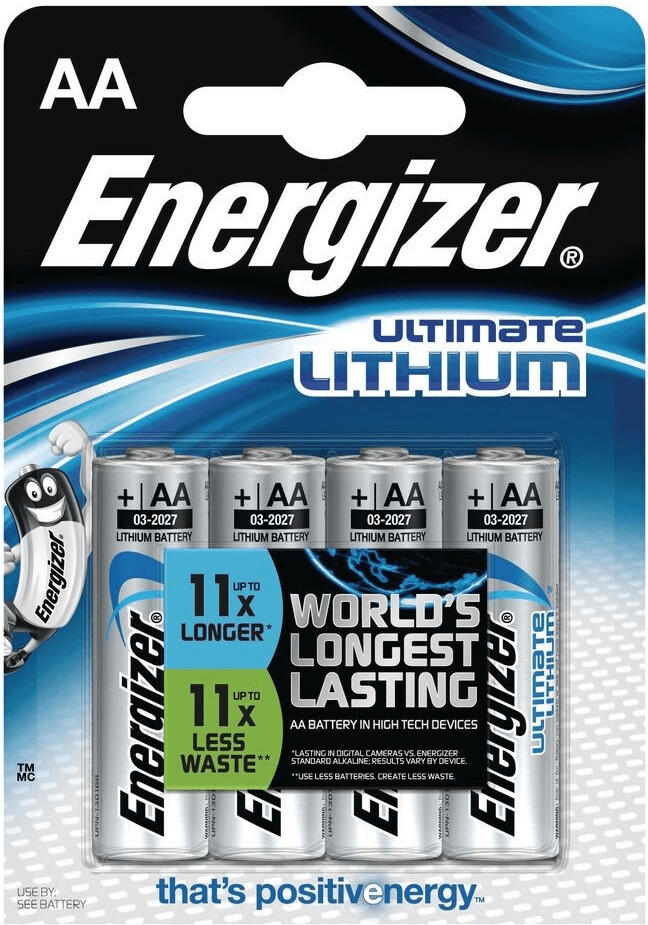



On the higher end, you can find Sony NP-FZ100 Rechargeable Lithium-Ion Battery, specifically designed for Sony mirrorless cameras. With an impressive 2280mAh capacity, this battery holds ample power for prolonged shooting sessions. Its price may be higher, but it provides excellent longevity and compatibility.



Variety of brands
Different brands offer their own unique features, specifications, and reliability. One popular brand is Canon, known for its high-quality batteries that provide long-lasting power. Canon Batteries such as the Canon LP-E6N have a capacity of 1865 mAh and are compatible with their popular DSLR models such as the EOS 5D Mark IV and the EOS 7D Mark II. Another brand to consider is Sony, which offers reliable batteries for their mirrorless camera lineup. The Sony NP-FZ100 battery, for example, has a capacity of 2280 mAh and is compatible with models like the Sony Alpha a7 III and Sony Alpha a7R IV. It's important to note that different brands may have varying pricing options, with some being more affordable than others. Ultimately, the choice of brand depends on personal preference, camera model compatibility, and budget.


